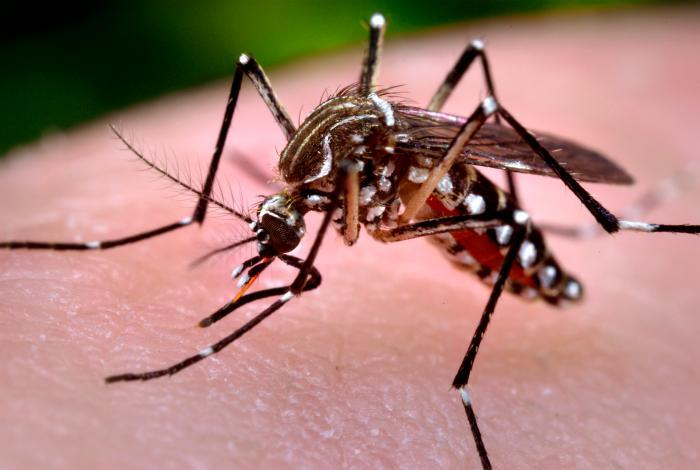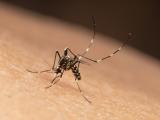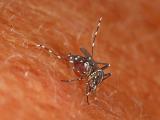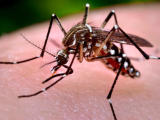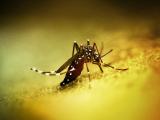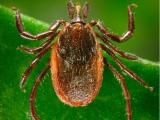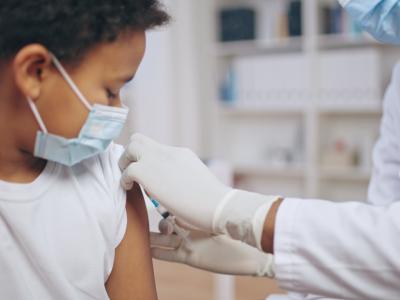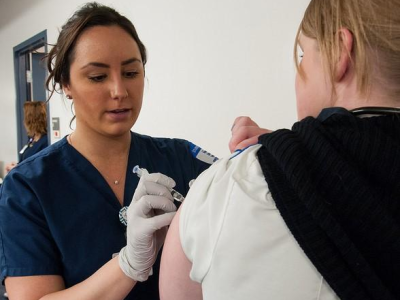In an outbreak notice today, the World Health Organization (WHO) said several countries have reported a resurgence of chikungunya, with spikes in some countries, declines in others compared to recent years, and various factors in place for significant further spread of the mosquito-borne virus.
The Americas region has reported the highest numbers of cases this year, followed by the European region, most of which involved illnesses reported from French overseas departments in the Indian Ocean.
So far this year, more than 445,000 cases and 155 deaths have been reported from 40 countries. The uneven distribution of cases makes it difficult to call the situation a global rise, but ongoing transmission and several risk factors boost the potential for further spread, the WHO said.
Risks where Aedes populations have a foothold
The WHO warned that infections in sick travelers can introduce the virus to new areas, which can lead to local transmission if Aedes mosquito populations are present.
Tinder for outbreaks also include low population immunity in previously unaffected areas, favorable environmental conditions for mosquitoes to breed, surveillance gaps, and increased human mobility and trade.
The WHO said that before 2025, 119 countries had reported previous or current local chikungunya spread. It warned that 27 countries or territories across six WHO regions with competent Aedes aegypti populations haven’t yet reported local spread.
Meanwhile, other countries have Aedes albopictus mosquitoes, which can transmit chikungunya, with even more efficiency for virus lineages that have the E1 226V mutation.
The WHO said that in large populations, transmission can persist, leading to sustained outbreaks that can put a heavy burden on health systems.
Hot spots in multiple world regions
Brazil has been the main hot spot in the Americas, making up 96% of cases and deaths, with the virus following a seasonal pattern.
Fourteen countries have reported cases, including an outbreak in Cuba that prompted a recent travel advisory from the US Centers for Disease Control and Prevention.
Europe’s cases have been led by a large outbreak in the French overseas territory La Reunion in the early months of the year, marking the island’s first local spread since 2014. Two travel-related cases prompted an outbreak in Mayotte, triggering the first local spread of the virus.
In other notable European developments, the French mainland and Italy have both reported local spread. In updates today, the European Centre for Disease Prevention and Control reported 64 new local chikungunya cases from France, bringing the country’s total to 637 cases across 68 clusters. It also reported 55 new local cases from Italy, lifting its number to 323 cases spread across four clusters.
Other hot spots this year have included India and Bangladesh. Meanwhile, the WHO said that a large outbreak in China’s Guangdong province has been the country’s largest documented outbreak to date, piling up more than 16,000 cases from 21 cities.
The group urged countries to step up surveillance, lab capacity, healthcare capacity, and vector-control activities.
